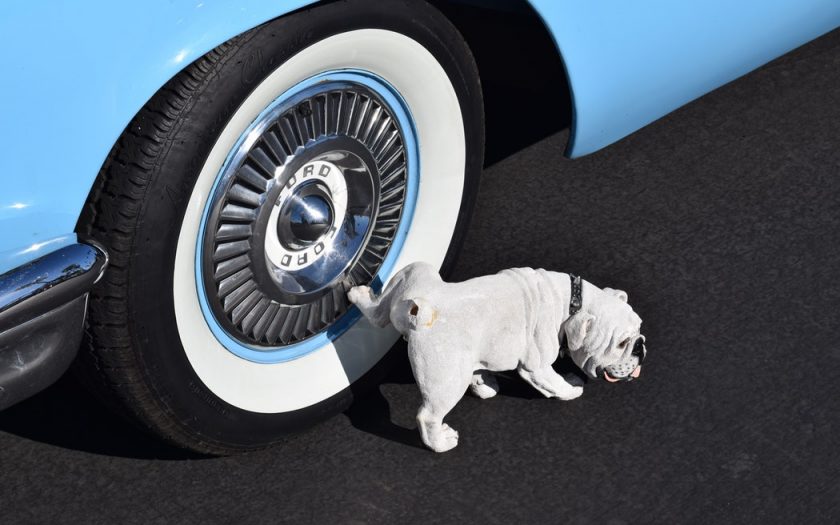AS IF HAVING YOUR CAR STOLEN or written off in a crash isn’t difficult enough, many people find the real hassles start when they have to deal with the insurance company.
Statistically, one in every 100 vehicles is classed as a total loss, meaning it cannot be recovered after being stolen or is unable to be repaired economically after a crash (a situation that’s becoming more common as even apparently minor crashes will cost more to repair than the car is worth).
Most of us are covered by comprehensive car insurance, so we probably think we’ll have to cope with a little inconvenience before the insurance company pays out. However, as many motorists find, often to their cost, there can be some confusion about what the insurance company thinks the car is worth compared to the owner’s assessment.
The conflict often arises because there are a number of different insurance policies on offer. Many people choose their insurance policy by seeking out and accepting the lowest premium. However, insurance policies, like most things, can vary considerably, so it pays to not only shop around for the best price, but also to ensure that the coverage you are buying suits your needs.
And that’s why some owners are in for a rude shock when the insurance company offers less for a totalled vehicle than the vehicle value shown on the policy.
How can this be?
Broadly speaking, there are four basic types of comprehensive motor vehicle cover: Market Value, Agreed Value, Market or Agreed Value (whichever is lower) and Agreed or Market Value (whichever is higher). Like most insurance terminology, this can be very confusing.
Let’s assume you bought a used car for $25,000. Eleven months later, the car is written off in a crash. The market value of the car at that time has dropped to $21,000. This is the price on average that people are paying to buy the same car, in average condition and with average kilometres on the odometer. Depending on which type of insurance cover you elected to take, your payout can vary markedly.
If you chose a Market Value policy, the insurance company will pay you the amount it would cost to replace the vehicle at the time it was written off, including an allowance for any accessories and modifications (you’ll need to list them on the policy and have the insurance company agree to include them) and the overall condition of the vehicle. Since the market value at the time of the crash was $21,000, that’s the payout you can expect.
An Agreed Value policy, on the other hand, fixes an agreed amount that will be paid out in the event of a total loss at any time during the period of insurance (usually 12 months). If you had opted for an Agreed Value policy, your payout would be the full $25,000 you paid for the vehicle 11 months earlier. As you might expect, Agreed Value policies almost inevitably carry a higher premium than a Market Value policy, for obvious reasons.
Taking a Market Value or Agreed Value (whichever is lesser) policy is something of a gamble. With the current state of the used car market, prices are tumbling, so even if you had agreed a value upfront with the insurance company, and even paid a higher premium, there is no guarantee the insurer will pay out this amount. As it says, it’s “Market Value OR Agreed Value (whichever is lesser)”. In our hypothetical case of the $25,000 car now with a market value of $21,000, the payout would almost certainly be $21,000 (the lesser of the two values).
The safest insurance policy option is Agreed Value or Market Value (whichever is higher). You’ll have to shop around for this kind of policy as it is offered by only a few insurance companies. In this case, you’re covered for the higher of the two values, regardless of how the used car market has moved. At the present time, used cars are priced very low compared to their new price, but that’s not to say the situation may not change. Despite our hypothetical car costing $25,000 11 months ago and now being worth just $21,000, the payout would be $25,000. In the event that your car had increased in value over the period, say to $26,000 (not so unlikely when new car prices for a later model can increase substantially), your payout would be for the higher amount, the market value of $26,000. As you’d expect, most insurance companies will charge a higher premium for this kind of policy, but if you shop around, you may find some companies that offer it at no extra cost.
